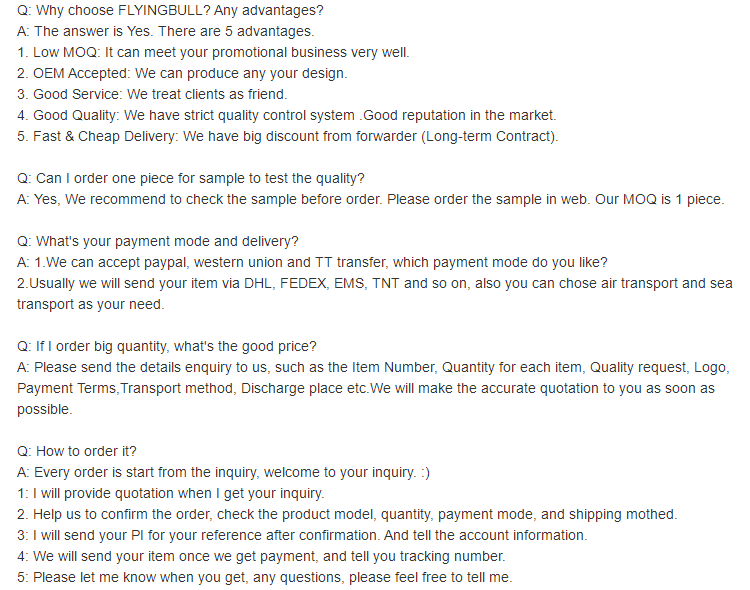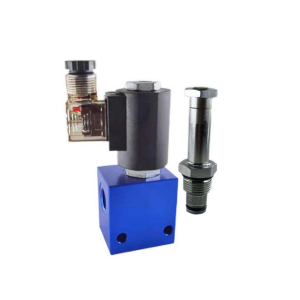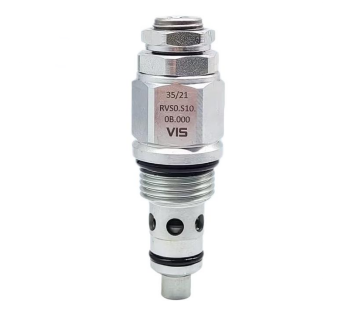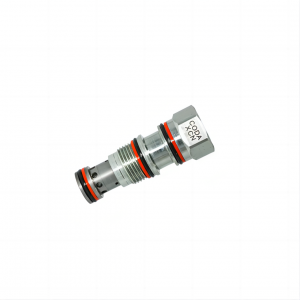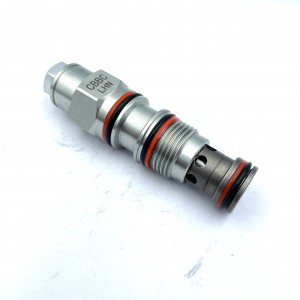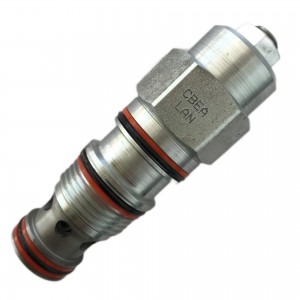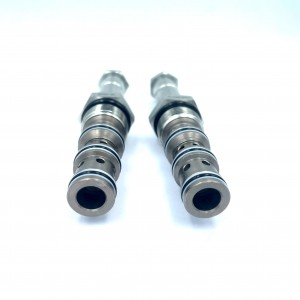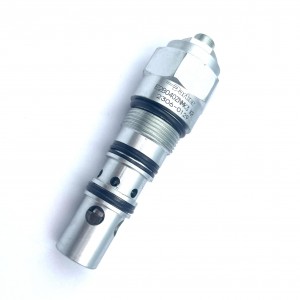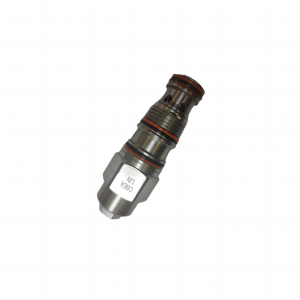Two-way electric switch pressure relief valve with base DHF10-220
Details
Warranty:1 Year
Brand Name:FLYING BULL
Place of Origin:Zhejiang, China
Weight:0.5
Dimension(L*W*H):standard
Valve type:Hydraulic valve
Maximum pressure:250bar
PN:25
Material body:carbon steel
Type of attachment:screw thread
Type of drive:electromagnetism
Type (channel location):General formula
Function function:Pressure relief
Sealing material:valve body
Pressure environment:ordinary pressure
Flow direction:one-way
Applicable industries:machinery
Points for attention
The common fault phenomena of electromagnetic ball valve in use mainly include the following:
1) The valve core does not move
The main reasons for the non-movement of the valve core are electromagnet failure, valve core clamping, oil change and reset spring failure.
2) Leakage
Mainly including internal leakage and external leakage;
3) large pressure loss
It is mainly caused by the excessive actual flow, the size error of the shoulder of the valve core or the undercut groove of the valve body, and the improper movement of the valve core.
4) magnetic leakage
The surface of the electromagnetic coil is defective, which leads to the change of magnetic flux passing through the coil;
5) Shock and vibration
The movement speed of the valve core is too high or the screw fixing the solenoid valve is loose, resulting in impact and vibration.
The failure mechanism of electromagnetic ball valve caused by mechanical physics mainly includes:
1.The working pressure difference exceeds the standard: when the electromagnetic ball valve is used in the system, it does not meet the pressure difference design requirements required by the manufacturer for the maximum (minimum) medium inlet and outlet;
2. Failure of sealing ring: elastic rubber becomes hard or decays and decomposes;
4.Foreign matter: irrelevant substances from outside enter the interior of the electromagnetic ball valve, which affects the action of the electromagnetic ball valve and causes jamming or lax sealing;
5.Lubrication failure: the lubricant used has been degraded or there is improper lubrication;
6.Other failure: only one failure occurred;
7.Unexplained reason: Failure confirmed by insufficient information.
Product specification
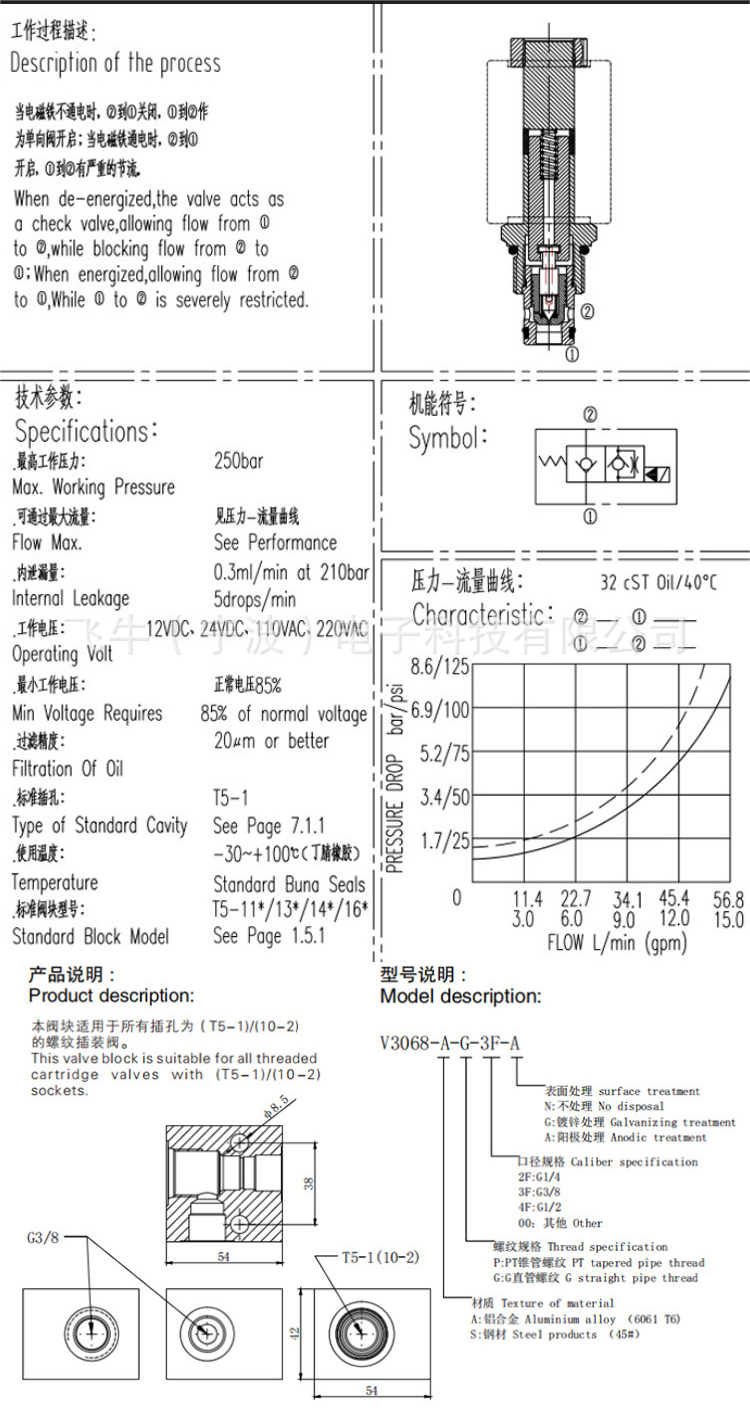
Company details







Company advantage
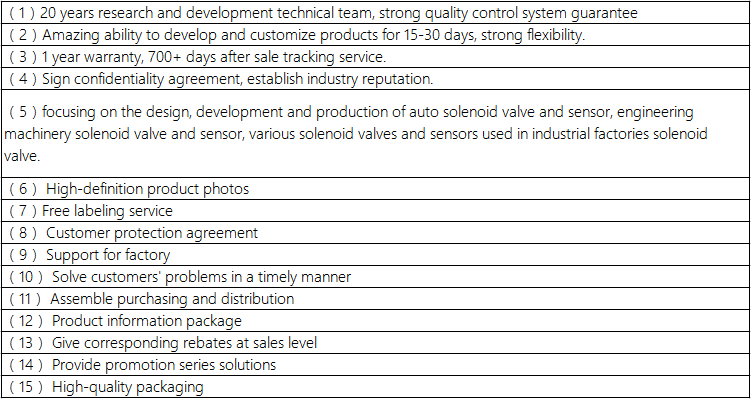
Transportation

FAQ
